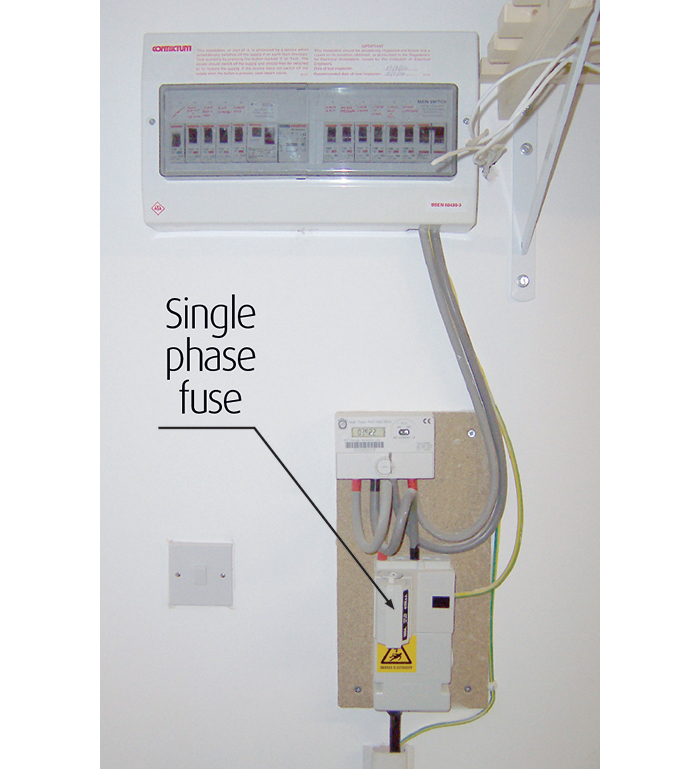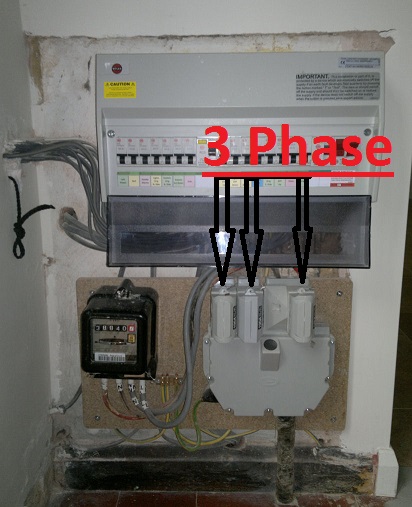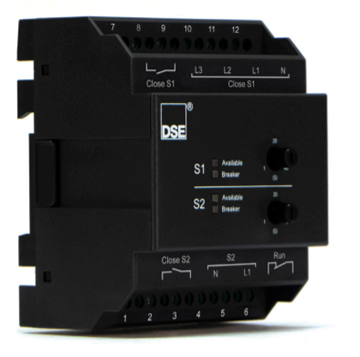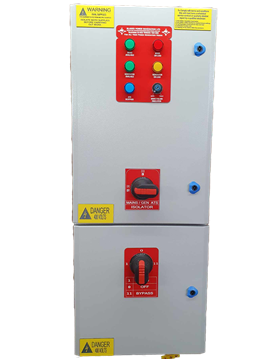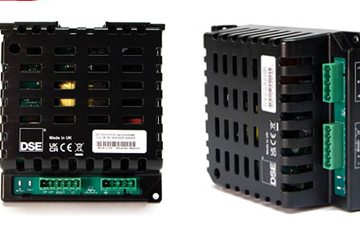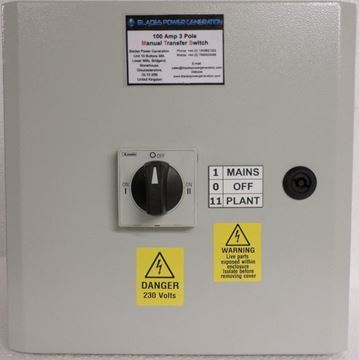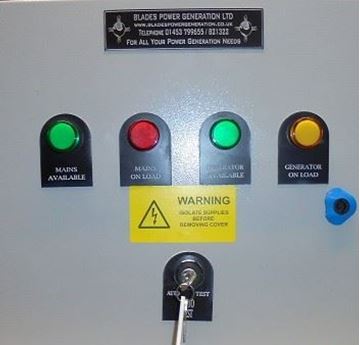Power outages don't just cause disruption in hospitals or critical facilities. They put lives at risk. Where ventilators, surgical tools, monitoring systems, and emergency lighting can never be down, even temporary downtime of a few seconds can have disastrous effects. This is where an automatic changeover switch is crucial to ensure that critical systems continue to operate without a fight. We have experienced firsthand at Blades Power Generation how this technology supports reliability in healthcare and other mission-critical facilities.
Why Power Continuity is Important in Healthcare
Hospitals depend on an uninterrupted supply of energy more than perhaps any other kind of building. Operating theatres, intensive care units, and life-support machines can't afford to wait for manual intervention in the event of a blackout. National Grid problems, storms, or local supply issues can all happen suddenly, exposing facilities to the risk of an outage unless they have a sound backup mechanism in place.
The Role of Automatic Changeover Switches
An automatic changeover switch operates by being in continuous surveillance of the main supply of power. The moment it senses a failure, it automatically switches over the load to a standby generator. When the mains supply comes back on, the switch safely re-establishes the power supply to the grid. All of this is done in a matter of seconds and without human intervention.
That pace is the difference between life and death. Staff aren't forced to lose precious time manually switching over systems. Machinery continues working, emergency lighting remains operational, and life-critical operations carry on with minimal disruption.
Compliance and Safety Standards
Healthcare facilities in the UK are obligated by law to have emergency power systems. Both the Care Quality Commission's (CQC) regulations and NHS guidelines emphasise the need for a continuous supply. Automatic switches are a major component in fulfilling these mandates, not only protecting patients but also making buildings pass compliance audits.
Selecting the Correct Backup Equipment
The size of the care facility or hospital dictates the capacity of both the changeover switch and generator. Multigenerators are usually used for redundancy purposes in larger institutions. Single backup system operation may be the case withsmaller clinics, care homes, or critical response units.
For operations that need to cut expenses without affecting safety, it makes sense to consider used generators for sale in the UK. With proper sourcing from credible suppliers, refurbished machines can provide consistent performance and compliance at a lower cost.
Final Thoughts
In hospitals and critical care settings, backup power is not a luxury — it's a lifeline. Automatic Changeover Switches guarantee that power outages don't turn into medical crises. For any organisation tasked with ensuring patient safety, having one installed and maintained should be a bottom-line component of risk planning.
Get in touch with Blades Power Generation today and let us talk about your power needs.













